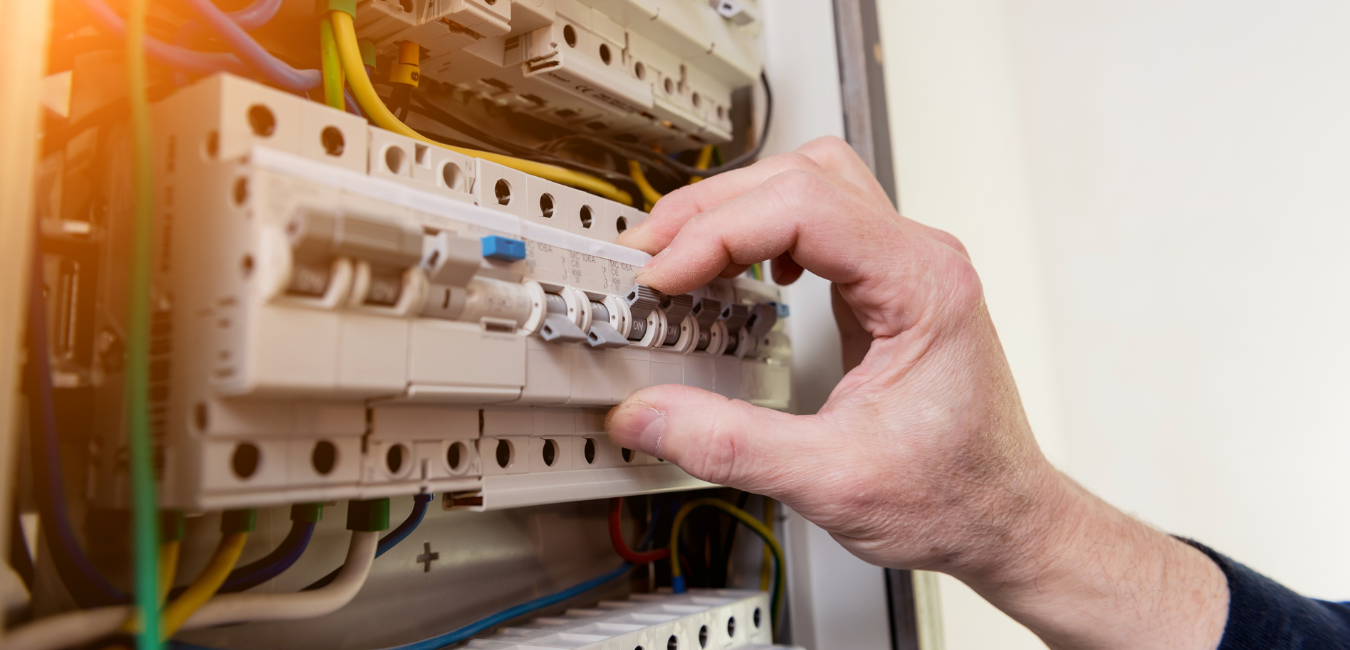Safety switches can save lives and protect your family against electric shock in your home. In Queensland, safety switches are mandatory on power circuits in homes that are being sold and domestic rental properties, but the risk still exists on other circuits. Homeowners should consider installing safety switches on all circuits to maximise their protection, such as the sub-circuits for lights, pool equipment, air conditioning, stove and hot water.
What is a safety switch?
A safety switch will turn off the power in a fraction of a second if a leakage of current to earth is detected. So it helps to prevent electric shock and possible electric burns by stopping the current flowing through a person. This situation can occur from a faulty power point or electrical appliance or if you accidentally hit a live wire. So it is essential to use electrical appliances, electrical wiring and extension leads in good working order. And if they are faulty, have them replaced or repaired by a licensed electrician or authorised service professional.
What does a safety switch look like?
Safety switches have a 'T' or 'test' button on the front. They can sometimes be confused with other devices on the switchboard, such as circuit breakers, which do not have a test function. Circuit-breakers effectively protect equipment and cable by quickly cutting power when there is a high current fault or overload that may cause a hazard. However, safety switches protect people by shutting off the electricity supply when it detects a leakage to earth.
How to test your safety switch
It is recommended to do push button testing every three months to ensure your safety switch continues to work correctly and is unobstructed by dirt or other matter.
You can easily test the safety switches by using the 'test' button and following these steps:
Push the button marked 'T' or 'test'. It works correctly if the safety switch flicks off and cuts the power to the intended circuits.
Check to see which lights or appliances have been turned off. The circuits turned off by the safety switch test mean they are protected by it. If it doesn't turn off the power, contact your licensed electrician to check it immediately.
After testing, turn the safety switch back on. For circuits with a refrigerator or air conditioner, wait two to three minutes before resetting to avoid possible appliance damage.
Source: Electrical Safety Qld
Ehlerth Electrical is a Brisbane-based team of award-winning Gold Master Electricians who provide the highest quality workmanship and service across various electrical fields. If you need assistance with your switchboard or to install additional safety switches, please contact our team today.


